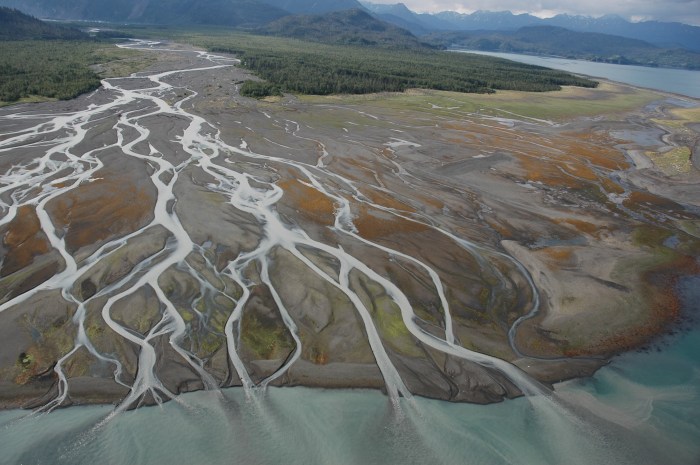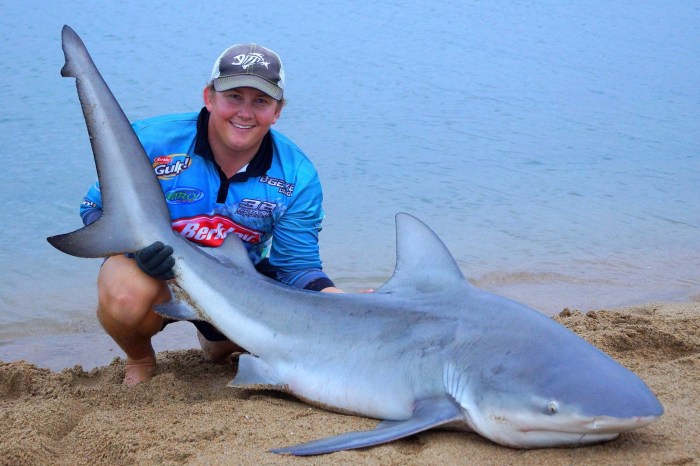Case study bull river estuary answer key – With the case study of Bull River Estuary as our guide, we embark on an intriguing exploration of estuary characteristics, human impacts, restoration efforts, and sustainable management strategies. This in-depth analysis unveils the complexities of estuary ecosystems and empowers us with insights into their conservation.
The Bull River Estuary, a vibrant coastal ecosystem, serves as a microcosm of the challenges and opportunities facing estuaries worldwide. Through this case study, we delve into the physical, ecological, and human dimensions that shape this dynamic environment.
Case Study Overview: Case Study Bull River Estuary Answer Key

The Bull River Estuary is a complex and dynamic ecosystem located on the coast of Maine, USA. The estuary is home to a variety of habitats, including salt marshes, mudflats, and eelgrass beds. The estuary is also an important nursery for fish and shellfish, and it provides recreational opportunities for boating, fishing, and wildlife viewing.
The Bull River Estuary has been impacted by a number of human activities, including land use changes, water pollution, and climate change. These activities have led to a decline in the estuary’s health, and they have also made the estuary more vulnerable to future impacts.
The Bull River Estuary case study was conducted to assess the impacts of human activities on the estuary and to develop recommendations for restoring the estuary’s health. The study was conducted by a team of scientists from the University of Maine and the Maine Department of Environmental Protection.
Estuary Characteristics

The Bull River Estuary is a partially mixed estuary, which means that it is influenced by both freshwater and saltwater. The estuary is approximately 10 kilometers long and 2 kilometers wide. The estuary is surrounded by a variety of land uses, including forests, farms, and residential areas.
The Bull River Estuary is home to a variety of habitats, including salt marshes, mudflats, and eelgrass beds. Salt marshes are dominated by salt-tolerant plants, such as Spartina alterniflora and Spartina patens. Mudflats are areas of fine-grained sediment that are exposed at low tide.
Eelgrass beds are underwater meadows that are dominated by the seagrass Zostera marina.
The Bull River Estuary is an important nursery for fish and shellfish. The estuary provides food and shelter for a variety of species, including flounder, striped bass, and blue crabs. The estuary is also an important stopover point for migratory birds.
Human Impacts

The Bull River Estuary has been impacted by a number of human activities, including land use changes, water pollution, and climate change.
Land use changes have altered the hydrology of the Bull River Estuary. The construction of dams and levees has reduced the amount of freshwater that flows into the estuary. This has led to an increase in the salinity of the estuary, which has made it more difficult for some species to survive.
Water pollution has also impacted the Bull River Estuary. The estuary is polluted by a variety of sources, including sewage treatment plants, agricultural runoff, and stormwater runoff. This pollution has led to a decline in the water quality of the estuary, which has made it more difficult for fish and shellfish to survive.
Climate change is also impacting the Bull River Estuary. Climate change is causing the sea level to rise, which is increasing the salinity of the estuary. Climate change is also causing more frequent and intense storms, which can damage the estuary’s habitats.
Restoration Efforts

A number of restoration efforts have been implemented in the Bull River Estuary. These efforts have included restoring salt marshes, planting eelgrass beds, and reducing water pollution.
The restoration of salt marshes has been successful in increasing the amount of habitat available for fish and shellfish. The planting of eelgrass beds has been successful in improving the water quality of the estuary and providing food and shelter for fish and shellfish.
The reduction of water pollution has been successful in improving the water quality of the estuary. This has made it easier for fish and shellfish to survive and has also reduced the risk of disease.
Management Recommendations
The following management recommendations are made for the Bull River Estuary:
- Reduce the amount of freshwater that is diverted from the estuary.
- Reduce the amount of pollution that enters the estuary.
- Restore and protect the estuary’s habitats.
- Monitor the estuary’s health and make adjustments to management practices as needed.
These recommendations will help to protect and restore the Bull River Estuary. The estuary is a valuable resource that provides a variety of benefits to the people of Maine. By taking steps to protect and restore the estuary, we can ensure that it will continue to provide these benefits for generations to come.
Detailed FAQs
What is the primary objective of the Bull River Estuary case study?
To investigate the impacts of human activities on the estuary’s ecosystem and develop effective restoration strategies.
What are the key physical and ecological characteristics of the Bull River Estuary?
The estuary’s hydrology, geomorphology, and diverse biological communities shape its unique ecosystem.
How have human activities affected the Bull River Estuary?
Industrial development, agriculture, and urbanization have contributed to pollution, habitat loss, and altered hydrology.